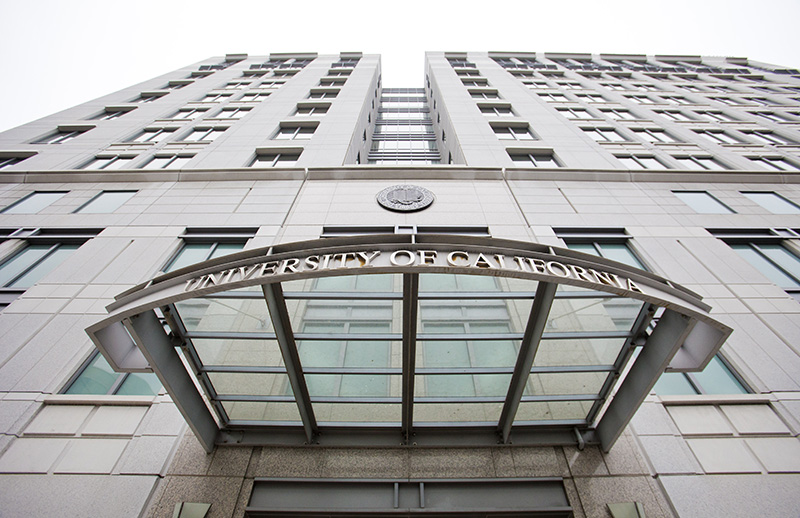UCSD researchers announced that they have engineered a type of steel that now holds the highest recorded elastic limit, which determines the amount of pressure that can be applied to a material without it experiencing permanent deformation, in an April 5 press release. The project began in 2012 and involved researchers from the University of Southern California, California Institute of Technology and Alfred University.
The steel, called SAM2X5-630, is an alloy that differs from other steel materials by its amorphous matrix and “very small” amounts of crystalline regions. According to the researchers, the crystalline regions are what allowed the material to break the elastic limit record, meaning the steel can withstand more pressure than almost any other material without being permanently deformed. Diamond still holds a higher elastic limit, but it is impractical for real-world use as a material.
The goal of the research was to alter the mechanical properties of the steel in order to make the material less brittle, mechanical engineering professor Olivia Graeve told the UCSD Guardian. However, Graeve stated that participating in the project was also a matter of personal interest.
“These types of materials, which are amorphous materials, [have so many] questions about them; there are so many unknowns,” Graeve said. “[Joining the research] was really just [out of] curiosity.”
Graeve developed the steel alloy through a number of steps that took the material from a mixture of powdered elements to a solid that could endure impact testing. The metal powders were first mixed in a graphite mold. Then, Graeve and her team pressurized the powders at 100 mega-pascals and applied a current of 10,000 amperes at 1165 degrees Fahrenheit, which consolidated the components into a solid piece of material, through a time-and-energy-saving process called “spark plasma sintering.”
After Graeve completed the material, it was passed along to assistant professor Veronica Elaisson, who specializes in shock waves at USC. She tested the steel to determine its elastic limit by shooting samples of the steel with copper plates from a gas gun at speeds ranging from 500 to 1300 meters per second.
Researchers were shocked at how well the steel alloy resisted permanent deformation during the tests, Elaisson explained to the Guardian.
“It was surprising because none of the previous results that we had seen pointed that this would ever happen,” Elaisson stated. “A lot of the previous people had said that, if anything, [the elastic limit of the material] just stays the same as if you have a fully amorphous sample, and if you have a sample with a tiny crystalline region, [the limit] is not going to change that much.”
The steel alloy received an elastic limit score of 11.76 plus or minus 1.26 giga-pascals when at a thickness of 1.5 to 1.8 millimeters, completely dwarfing stainless steel’s 0.2 giga-pascal elastic limit.
According to Graeve, because its elastic limit is so high, SAM2X5-630 can serve as an external shield that protects internal objects.
“If you have something that is delicate or you don’t want it to get damaged, you can use this material for the outside as shielding or protection,” Graeve said. “Using it as shielding in satellites and things like this is a very good example.”
Graeve also noted that the project was important from an educational point of view because it contributed to the academic growth of student scientists involved.
“The students that were involved were very interested [in the project], so we now have a new generation of scientists that find this area of research compelling and want to continue working on it,” Graeve stated. “Besides from the science, we have the development of new young people [in this area of engineering and science], so that’s also very rewarding.”
Elaisson believes this project will have notable ramifications for future research, although she is unsure of what that research will be.
“It opens up a whole new venue of the interesting research that can be done,” Elaisson said. “I see good things happening in the future for these types of materials.”






